Staying Fit

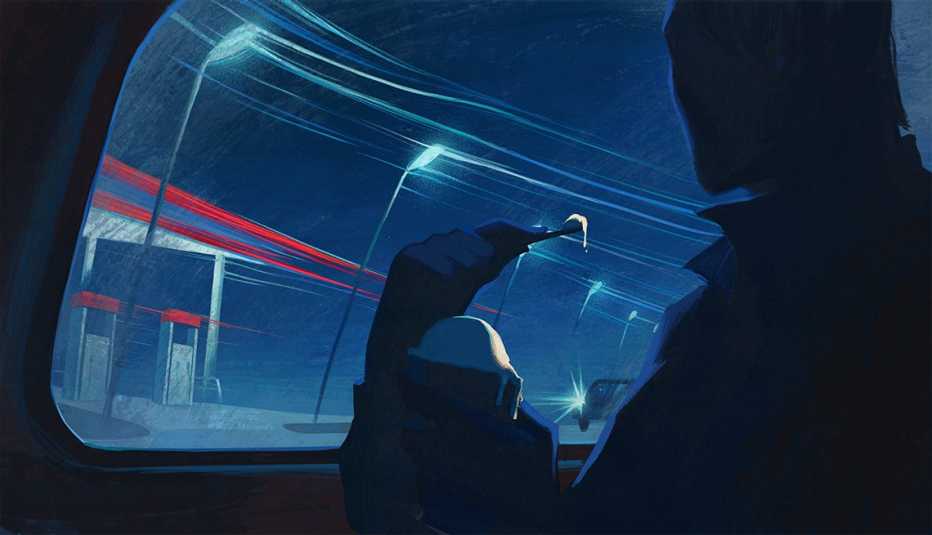
CHAPTER 9
THE NEXT DAY I was back at Holy Name, doing my best to dodge basketballs and screaming grammar school tweens during lunch yard duty when I got a call on my cell phone from an unknown number.
“Hello, Detective. My name is Len Brimer. I write for the Daily News. I was given your number by a woman from your squad.”
“Yeah, sorry, Len,” I said, as I pulled my old friend hyperactive Henry down from where he was trying to climb the yard’s chain-link fence. “No comment for now. I’m still trying to run down some leads.”


AARP Membership— $12 for your first year when you sign up for Automatic Renewal
Get instant access to members-only products and hundreds of discounts, a free second membership, and a subscription to AARP the Magazine.
“No, you don’t understand. I’m not calling as a reporter. I’m actually involved in the case. At least, maybe. That jumper from the hotel? I think I was on my way to meet him before he died.”
“What do you mean, you think?”
“It’s a kind of a long story. We should meet.”
Twenty minutes later, I got out of my unmarked Chevy on 30th near Eighth, where several huge flocks of pigeons were dive-bombing between the old concrete office buildings of south Midtown.
Before Alfred Hitchcock could show up, I crossed the sidewalk to a Garment District pub called The Liffey. Brimer showed up a little later. He was a tall dude, six four, six five; in his thirties; balding but athletic-looking. Wearing black wind pants and a gray Hofstra hoodie, he looked like a basketball coach.
“Okay, Detective, here’s what happened,” Len Brimer began after we were seated in a booth. “So I’m out at Citi Field trying to get in to see the general manager about the Campbell trade, and I get a call. The guy calls himself Charlie, and he tells me he’s an old friend of my younger brother, Adam. He tells me he was in Adam’s frat at Syracuse ten years ago, and that Adam had told him about me. That I was a reporter or whatever.”
“That sounds weird enough,” I said as the waitress brought me a Bud Light pint.
“It gets weirder,” Brimer said. “So this guy, Charlie, said he had a huge story about the government that he wanted to tell the press, but that he didn’t know anyone in New York or trust any reporters. He said he knew Adam was a great guy and that he had spoken highly of me so he was wondering if I could help him.”
“A huge story about the government? Like a whistle-blower sort of thing?” I said.
“He was vague, but that was the kind of gist I got,” Brimer said, nodding. “I told him that really wasn’t my bag, and I could refer him to some good guys I knew, but he said no. That it had to be me. And also not to tell a soul. He was adamant about that. He sounded pretty paranoid.”
“Did he have any sort of accent? From New York, you think?”
“Maybe not New York, but he sounded normal. Like anybody. Definitely American. He sounded sane but worked up, so I finally said okay, and we set up a meeting at Index House on the West Side.”
“Then what happened?”
“So I go there and nothing. He told me he was a tall guy with black hair, but as I head into the bar where he said to meet, I don’t see him. I talked to the bartender. She said she remembered him, but he left. I even spoke to the desk clerk to see if he’d left a message. But there was nothing.”
“What time did you get there?”
“9:40. 9:50.”
“Yeah, we think he was already dead by then.”
“I knew it,” Brimer said, scrunching his face as he stared down at the table. “I tell ya, I feel like crap. Instead of heading straight there, I waited for the Mets’ GM and then the cab in from Flushing got stuck in traffic. Then when I heard about the jumper, I thought, wait a second, was it this guy who called me?”
“Did you speak to your brother about any Charlie in his frat?”
“I did. Adam knew lots of people in his frat, he’s still in contact with a bunch of them on Facebook and LinkedIn, but he can’t think of anyone named Charlie.”
So now our mystery man was some kind of whistle-blower?
I looked out the window, watching the birds looping above Eighth, my mind turning over the false names and the twenty-four numbers in the man’s stomach.



























































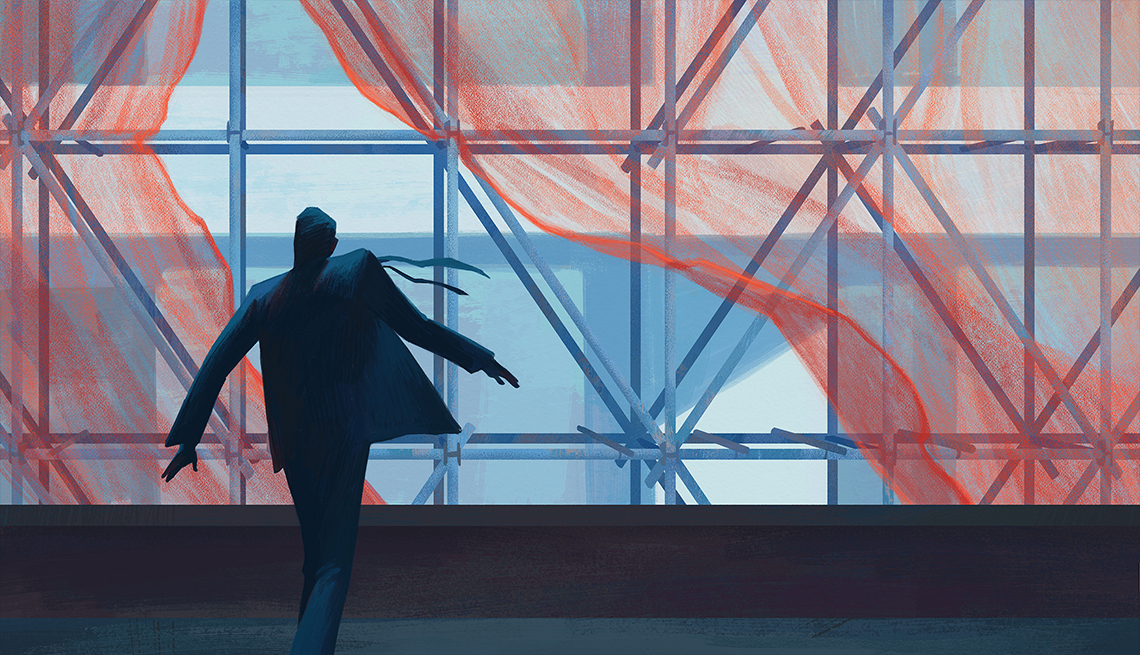
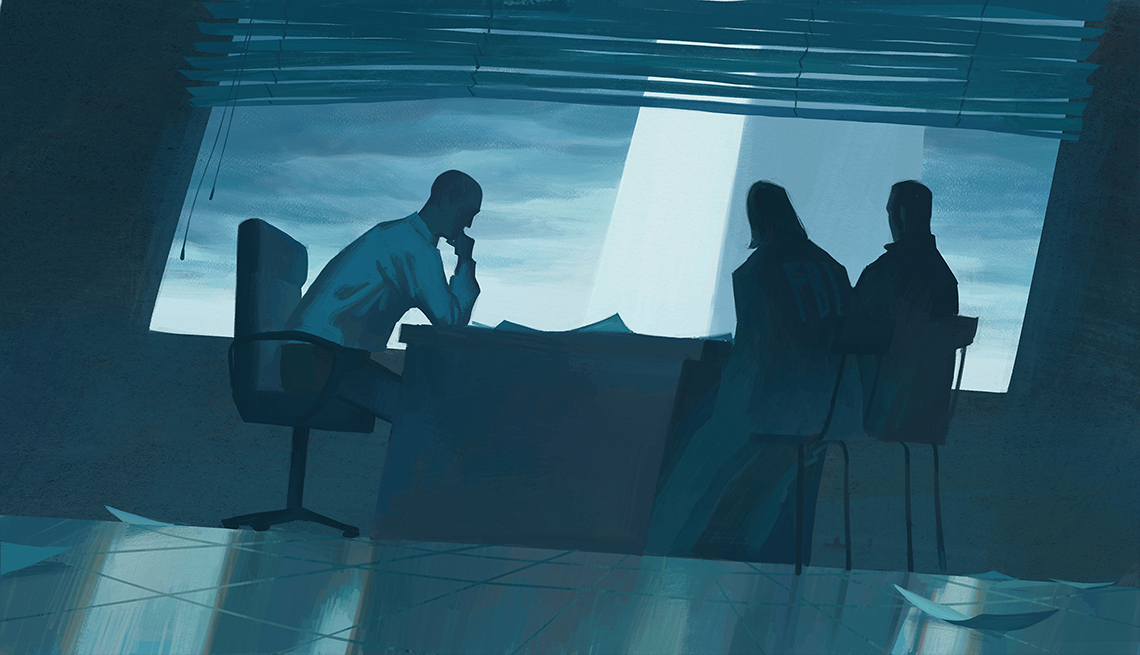
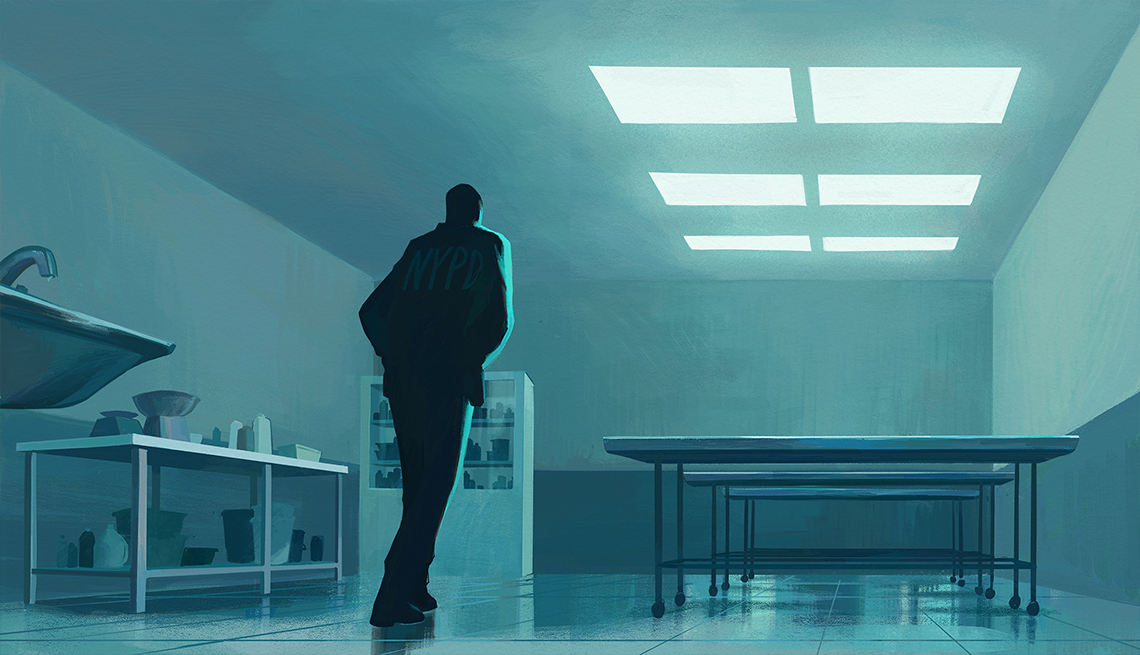

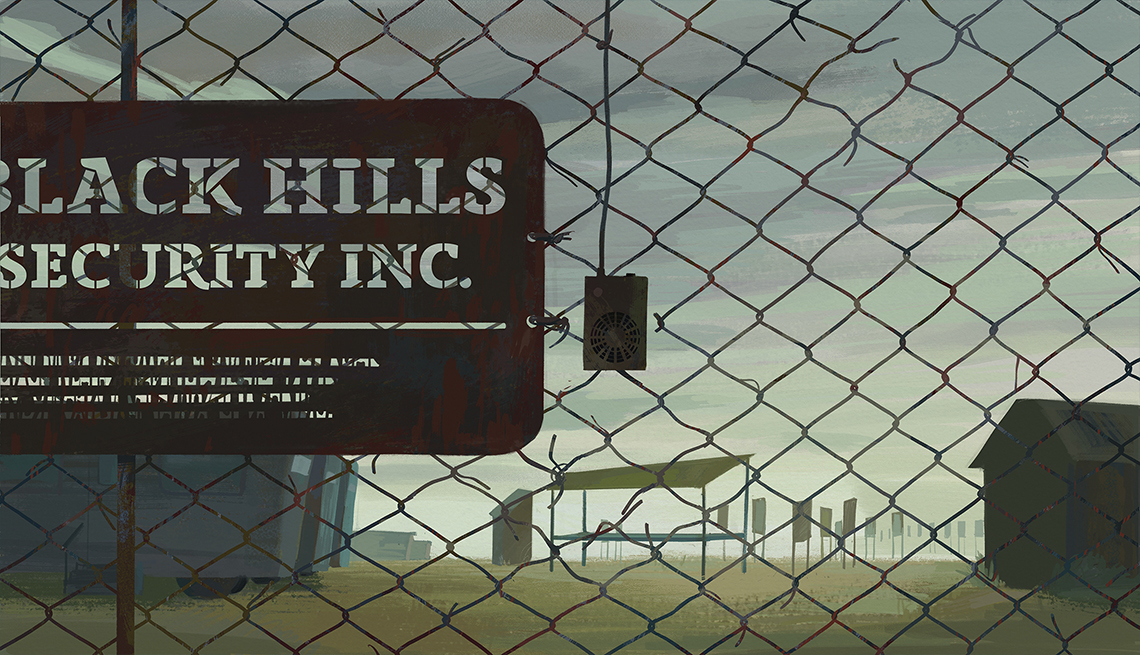


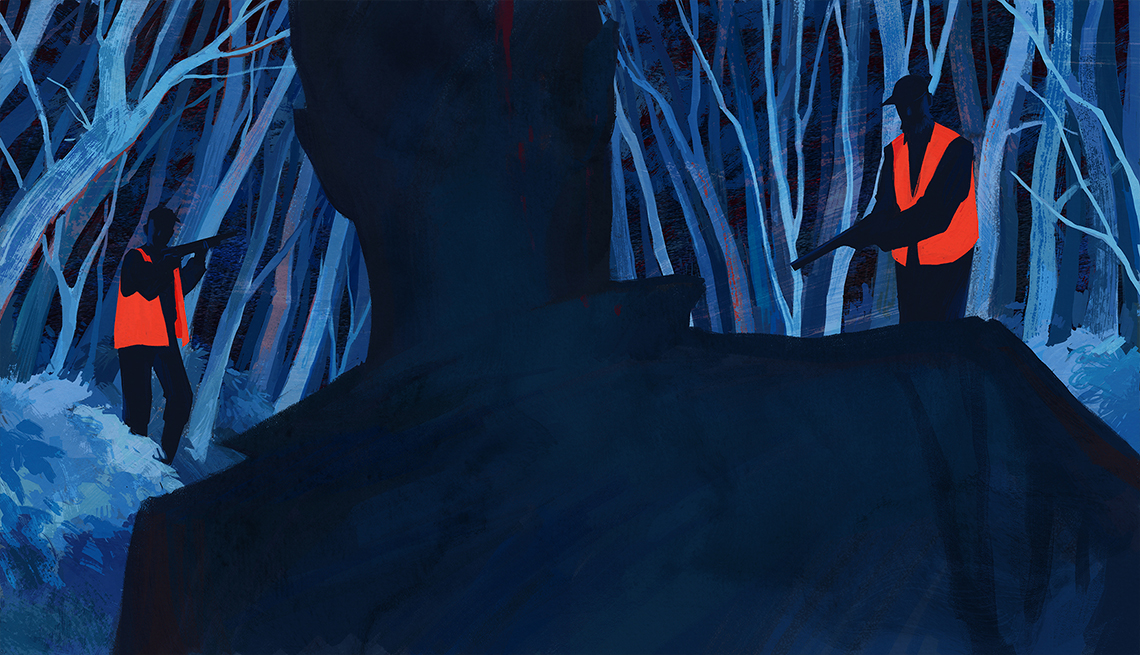



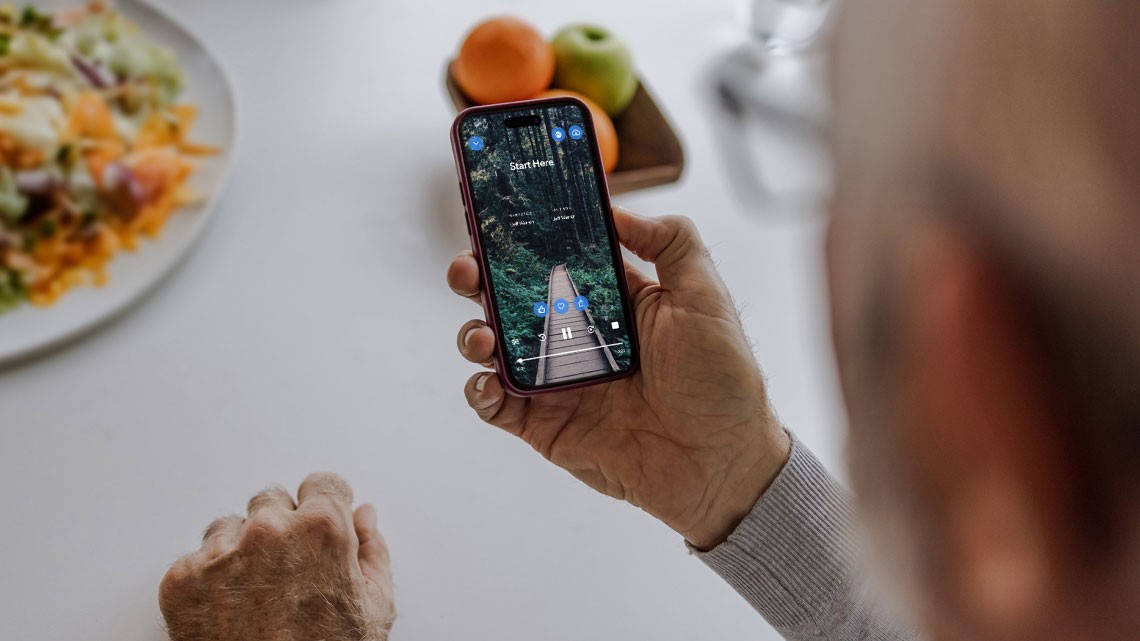



You Might Also Like
Free: An Excerpt From ‘Crosshairs’
Read the first 10 chapters of another thriller in James Patterson’s series featuring Detective Michael Bennett
Free: ‘The Trial’ by James Patterson
Quick-read features Detective Lindsay Boxer and friends and an accused murderer wreaking havoc in San Francisco
Meet James Patterson
Get to know the all-time best-selling author and find out what’s in store for the Women's Murder Club
More Free Books Online
Gripping mysteries and other novels by popular authors available in their entirety for AARP members
Recommended for You